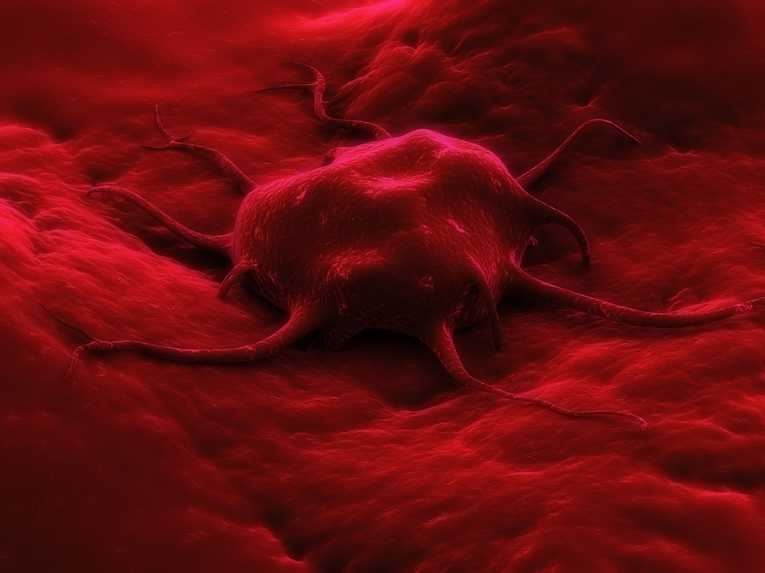A report in the journal Investigational New Drugs states that ecstasy could be used to target leukaemia, lymphoma and myeloma after researchers at the University of Birmingham ran tests showing that modifying the active ingredient in the drug, MDMA, boosted its cancer-killing properties by up to 1000%.
Six years previously, the same scientists discovered that white blood cells reacted in a certain way to 'psychotropic' drugs, such as ecstasy, weight loss pills and anti-depressants, that indicated that the drugs could be used to suppress the growth of certain forms of blood cancer.
However, the amount of MDMA needed to treat the cancer would result in the death of the patient. Since then the scientists have been working with a team from the University of Western Australia to isolate the cancer-killing elements in the drug and modify the drug for effective use in cancer patients.Professor John Gordon from the School of Immunology and Infection at the University of Birmingham, described their findings:
"Together, we were looking at structures of compounds that were more effective. They started to look more lipophilic, that is, they were attracted to the lipids that make up cell walls. This would make them more 'soapy' so that they could end up getting into the cancer cells more easily and possibly even start dissolving them. By knowing this we can theoretically make even more potent analogies of MDMA and eventually reach a point where we will have in our drug cabinet the most potent from we could."
As the group begins pre-clinical studies, the outlook is promising, although much work has still to be done before human trials. As Dr David Grant, Scientific Director of Leukaemia and Lymphoma Research, one of the organisations responsible for funding the research, says:
"The prospect of being able to target blood cancer with a drug derived from ecstasy is a genuinely exciting proposition. Many types of lymphoma remain hard to treat and non-toxic drugs which are both effective and have few side effects are desperately needed. Further research is needed, but this research is a significant step forward in developing a potential new cancer drug."
Top Image Credit: 3d rendered close up of a cancer cell © Eraxion










